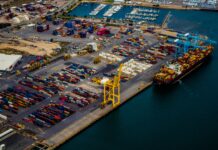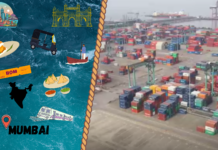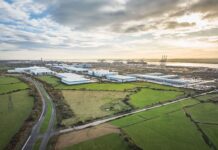If the Puget Sound region wants to continue its success as a leader in trade, then it must continue to make early investments in rail infrastructure projects. That is one key takeaway from the Seattle Community Rail Briefing co-hosted by Keep Washington Competitive (KWC) and the Washington Council on International Trade (WCIT) this week.
Two representatives from the rail and shipping industries spoke about increasing the efficiency of infrastructure and the need to ensure that local, state and federal governments are able to work with maritime and rail representatives to identify the best opportunities to strengthen the state’s trade gateways.
Mike Moore, Vice President of the Pacific Merchant Shipping Association (PMSA), told attendees that the 13,000 bridges in Washington state require significant maintenance, repair and scheduling to not disrupt trade.
In addition to that infrastructure work, Moore said “We’ve got to do the same thing throughout the rest of the system, whether it’s on terminals or to shift vessel calls from one terminal to another. What we don’t want to see is the shifting of calls out of the Northwest Seaport Alliance somewhere else.”
In the mid-2000s, the Canadian government looked to offset infrastructure costs via the Asia-Pacific Gateway and Corridor Initiative. Launch in 2006, the program used $514.6 million to “identify potential areas for investment and to fund infrastructure projects to support Asia-Pacific trade,” according to the initiative’s audit.
Moore said the success of the Canadian initiative set the standard for Washington state’s efforts. Unlike Canada, Washington does not have local, state or federal governments on the same page with port authorities on how to invest in trade corridors, and that one “big glare” in the system relates to railroads and permitting issues.
“One of the reasons we need to focus on supporting railroads as they go through their permitting processes and their projects is to keep that system improving and building,” said Moore.
Another issue with Washington’s infrastructure is the lack of regulatory certainty, such as with the Port of Seattle’s $200-300 million Terminal 5 upgrade.
“If there is a lack of certainty from the political world and the regulatory world…and if that uncertainty cloud gets too big, then the dollars that you would need to invest and partner in an infrastructure investment like that will go away,” he continued.
Additionally, Washington should be investing in infrastructure locally to position itself to handle increased container volume over time, added Moore, rather than settling for containers being sent to Tacoma.
Read more on Lens.





